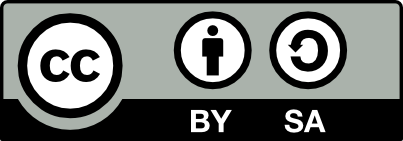
Advanced International Journal for Research
E-ISSN: 3048-7641
•
Impact Factor: 9.11
A Widely Indexed Open Access Peer Reviewed Multidisciplinary Bi-monthly Scholarly International Journal
Home
Research Paper
Submit Research Paper
Publication Guidelines
Publication Charges
Upload Documents
Track Status / Pay Fees / Download Publication Certi.
Editors & Reviewers
View All
Join as a Reviewer
Get Membership Certificate
Current Issue
Publication Archive
Conference
Publishing Conf. with AIJFR
Upcoming Conference(s) ↓
WSMCDD-2025
GSMCDD-2025
Conferences Published ↓
RBS:RH-COVID-19 (2023)
ICMRS'23
PIPRDA-2023
Contact Us
Plagiarism is checked by the leading plagiarism checker
Call for Paper
Volume 6 Issue 6
November-December 2025
Indexing Partners



















Natural Products for Crop Protection in the Indian Agricultural System
| Author(s) | Dr. Meena Rani |
|---|---|
| Country | India |
| Abstract | India’s food and nutritional security depends on intensifying agricultural productivity while reducing externalities of synthetic pesticides. Natural products—botanical extracts, microbial biopesticides, mineral- and plant-derived oils, pheromones and other semiochemicals—offer eco-friendly options that complement Integrated Pest Management (IPM). This review synthesizes the current landscape of natural-product crop protection in India, covering modes of action, key use-cases in major crops (rice, cotton, pulses, horticulture), formulation advances, regulatory considerations, on-farm adoption constraints, and future directions. Evidence from field deployments shows that neem-based products, nucleopolyhedroviruses (NPVs), Bacillus thuringiensis (Bt) formulations, Trichoderma-based biofungicides, and pheromone-based mass trapping can reduce pest pressure and pesticide residues, stabilize yields, and support beneficial arthropods when integrated with cultural and mechanical controls. Remaining challenges include variability in active-ingredient content, short field persistence, quality assurance, scale-up of production, and context-specific efficacy under climate variability. A pathway forward is proposed around standardization, robust bioefficacy data, encapsulation technologies, digital IPM decision support, and last-mile extension to mainstream natural products in Indian agriculture. |
| Keywords | biopesticides, neem (Azadirachtin), nucleopolyhedrovirus (NPV), Trichoderma, pheromone traps, essential oils, IPM, residue reduction, India |
| Field | Chemistry |
| Published In | Volume 6, Issue 5, September-October 2025 |
| Published On | 2025-10-18 |
| DOI | https://doi.org/10.63363/aijfr.2025.v06i05.1641 |
| Short DOI | https://doi.org/g97nws |
Share this

E-ISSN 3048-7641
CrossRef DOI is assigned to each research paper published in our journal.
AIJFR DOI prefix is
10.63363/aijfr
All research papers published on this website are licensed under Creative Commons Attribution-ShareAlike 4.0 International License, and all rights belong to their respective authors/researchers.

